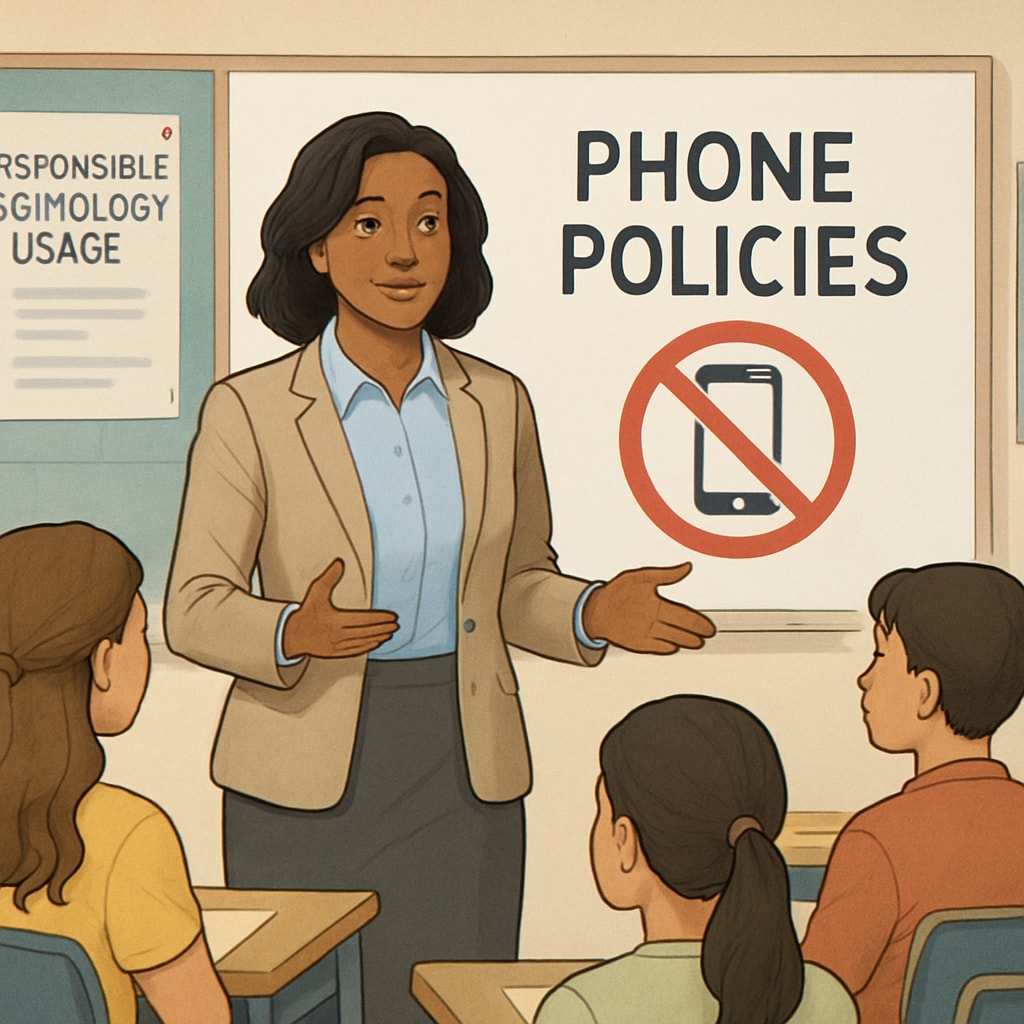The implementation of comprehensive school phone bans has sparked significant debate. While proponents argue that these policies enhance school safety, boost learning efficiency, and protect student privacy, critics worry about the restrictive nature of such bans and their unintended consequences. As more schools adopt these measures, it is crucial to evaluate their effectiveness and explore alternative solutions that better align with modern educational needs.

Analyzing the Merits of Comprehensive Phone Bans
Supporters of comprehensive phone bans often highlight three main benefits:
- Improved focus during lessons: By removing distractions caused by smartphones, students can concentrate better on academic tasks.
- Enhanced school safety: Limiting phone use prevents cyberbullying and unauthorized sharing of sensitive content on school grounds.
- Protection of privacy: Restricting phone usage reduces the risk of students recording or sharing personal moments without consent.
These arguments suggest that phone bans can create a more controlled and focused learning environment. However, critics argue that such policies might oversimplify the challenges faced by modern education systems.
Potential Drawbacks: Is the Ban Too Restrictive?
Despite their merits, comprehensive phone bans are not without drawbacks. Critics raise concerns about the following:
- Reduced access to educational tools: Smartphones offer access to a wealth of learning resources, including apps, e-books, and online tutorials.
- Communication barriers: In emergencies or urgent situations, students may struggle to reach parents or guardians without phone access.
- Missed opportunity for digital literacy: Prohibiting phones might hinder students’ ability to learn responsible technology use, which is a critical skill in today’s digital age.
These concerns highlight the need for a more nuanced approach to managing smartphone use in schools.

Alternative Solutions for Balanced Management
Rather than enforcing blanket bans, schools can adopt more flexible policies that balance the benefits of technology with the need for discipline and safety. Here are some potential alternatives:
- Designated phone-free zones: Establish specific areas, such as classrooms and libraries, where phone use is prohibited.
- Scheduled usage periods: Allow students to use phones during breaks or designated times, ensuring they can communicate and access resources without disrupting lessons.
- Digital literacy programs: Educate students about responsible phone use, cyberbullying prevention, and online privacy.
- Controlled access to educational apps: Provide school-approved apps and platforms that enhance learning while limiting distractions.
These strategies empower schools to integrate technology into education thoughtfully, rather than excluding it entirely.
Conclusion: Striking the Right Balance
The debate over comprehensive phone bans in schools underscores the importance of balancing safety, learning efficiency, and privacy with the realities of a technology-driven world. While outright bans appear to simplify management challenges, they risk ignoring the educational opportunities smartphones provide. By exploring alternative solutions, schools can create environments that foster both academic success and digital responsibility. Ultimately, the goal should not be to eliminate technology but to teach students how to use it wisely.
Readability guidance: This article uses concise paragraphs, lists for clarity, and ensures a balanced mix of arguments and alternatives. Transition words like “however,” “therefore,” and “in addition” guide readers through the discussion.


